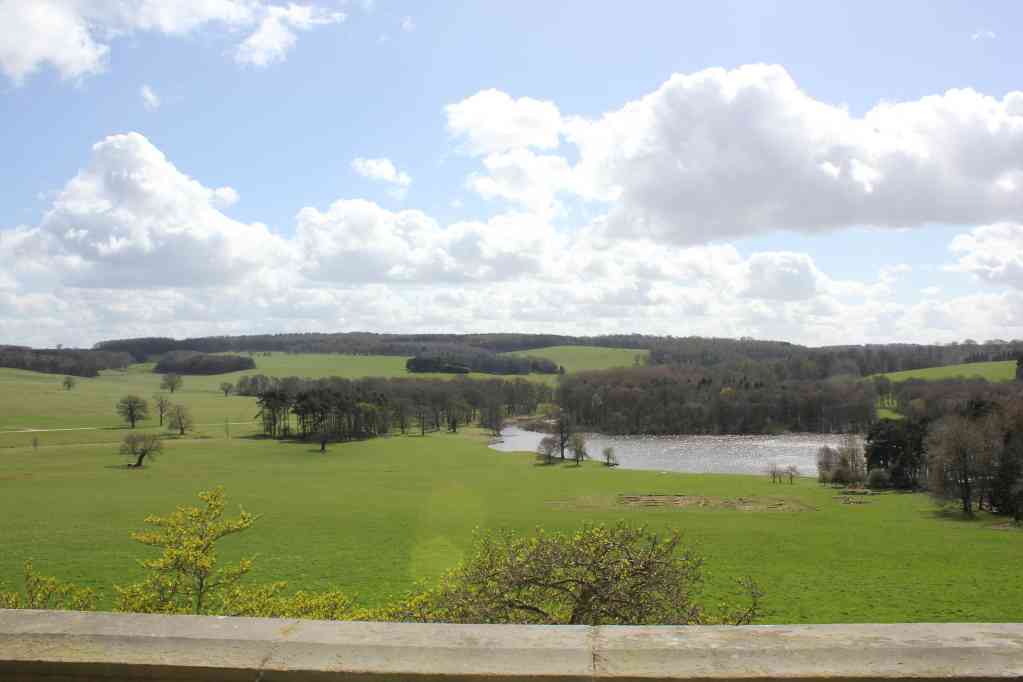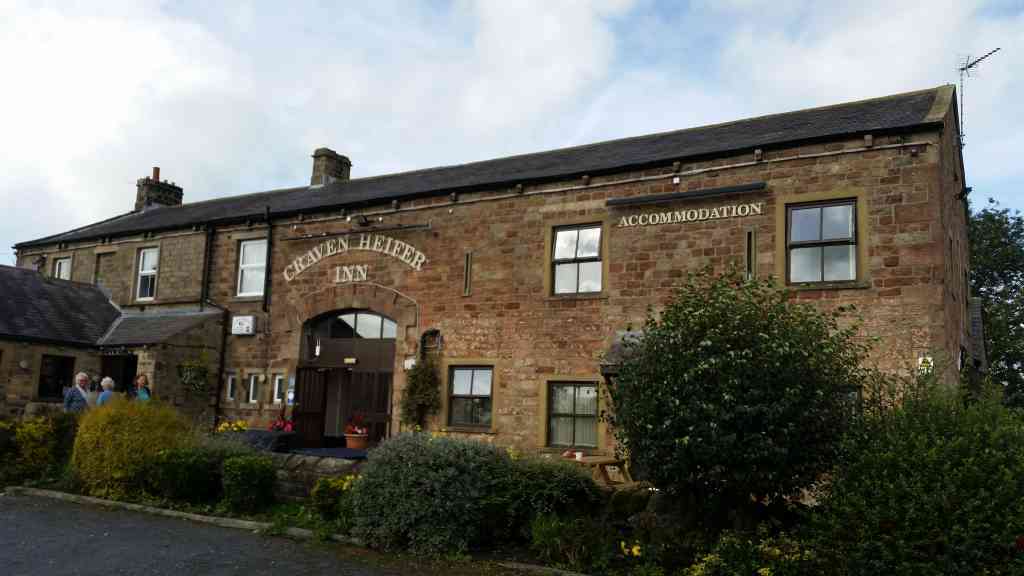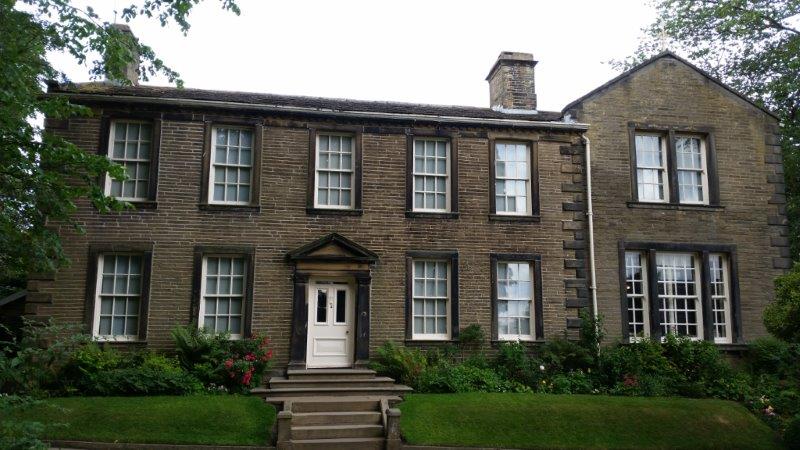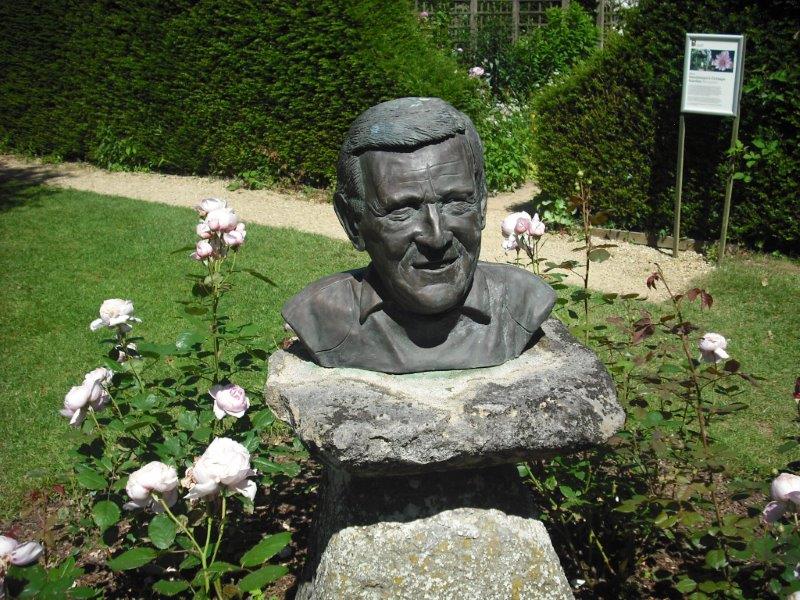This month we shall be visiting the Fulneck Moravian Settlement in Pudsey where, after refreshments on arrival, we will have a talk in the Moravian Chapel about the history of the Moravian Church and the foundation of Fulneck. This will be followed by a guided tour of the village, which will include the Moravian Museum of artefacts illustrating the history of the Fulneck Settlement and the Moravian Church worldwide. Members of the Moravian Church settled at Fulneck in 1744. They were descendants of the old Bohemian/Czech “Unity of the Brethren”, extinct in Bohemia after 1620 due to forcible re-Catholicisation imposed on the Czech lands by the Habsburg emperors. Within a few years of settling at Fulneck, houses, a school and a chapel were built, all of which are still in use today in this thriving community.
Please note that the tour around Fulneck does involve a reasonable amount of walking (at a leisurely pace), but there will be opportunities to rest at the refreshment break and in the Moravian Church. Please be aware that there will be uneven surfaces, steps into and inside the museum and entry to the burial ground is via a steep slope. Suitable footwear is recommended.
The coach will depart Fulneck at 12.30pm for the short drive to the Wetherby Whaler in Pudsey for a 3-course lunch. You will be able to make your choice of meal from the following Seniors Set Menu on arrival at the restaurant. The starter is either soup of the day or fruit juice; main course is either haddock & chips, plaice & chips, scampi & chips or vegetarian option. A salad garnish may be substituted for chips. The main course will also include a serving of bread and butter and either tea or coffee. The choice of dessert is either ice cream or sweet of the day.
After lunch the coach will depart at 2.00pm for the short ride to Kirkstall Abbey. Kirkstall Abbey was founded as a Cistercian monastery in 1152. Many noblemen granted gifts of land and money and by 1182 the great church and chapter house, remains of which can still be seen today, had been built. Over the centuries the monks acquired estates in the area such as Chapel Allerton, Headingly, Roundhay and Seacroft. Kirkstall remained prosperous until the reign of Henry VIII when, as a consequence of the Dissolution of the Monasteries, the king’s agents closed the Abbey on 22nd November 1539. The gatehouse became a private home and later the Abbey House Museum. In the 1800s Colonel North, a Leeds dealer in gunpowder, bought the grounds and buildings. He eventually donated the site to Leeds Corporation in 1890.
On arrival at Kirkstall, we will split into two groups, with one group being taken first on a guided tour of the abbey ruins whilst the other group explores the Abbey Visitor Centre and the Abbey House Museum. The Abbey Visitor Centre has a number of exhibitions, displays and audio-visual presentations which illustrate the story of the abbey from its construction in the C12th to the present day. At the Abbey House Museum you can step back in time and explore Stephen Harding Gate, the C19th equivalent of a modern high street. Enjoy displays showing rare and interesting C19th toys, games and dolls in the shop on Harewood Square and imagine being at class in the local Methodist Sunday School. There is a café in the Abbey House Museum where refreshments may be obtained on an individual basis. Toilet facilities are available at the Abbey Visitor Centre and the Abbey House Museum.
Please note that there could be uneven ground and slippery surfaces in the abbey ruins.
Ingleby’s coach will pick up at Memorial Gardens, Leeman Road, York, at 8.45am and Middlethorpe Drive, Dringhouses, at 9.00am. The journey time is about 1.5 hours. The coach will depart from Kirkstall at 4.30pm and the estimated arrival time back in York is approximately 5.45pm.
The cost of the trip is £36, which includes coach hire, morning refreshments, tour of Fulneck Moravian Settlement, 3-course lunch, tour of Kirkstall Abbey, entrance to the Abbey House Museum and driver’s gratuity.
The day trip leader will carry mobile phone no. 07960 710975. Please call this number on the day if you are delayed or cannot attend. We have tight schedules and we try not to delay our departures.
















































